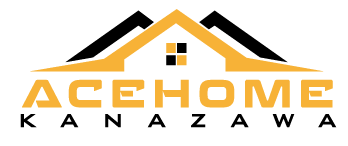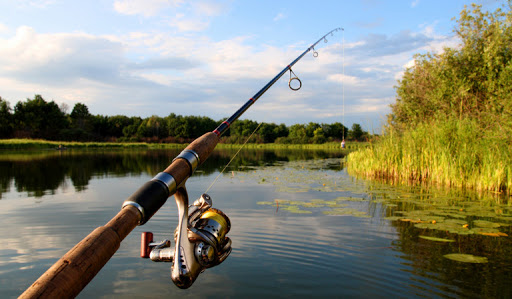Fish farming has become an alternative solution to the rising market demand for fresh fish. It can also be a profitable business for homeowners and can give additional income to your family if you learn how to start, operate and grow your own fish farm at home. This is something serious and lucrative as compared to the regular fishing related hobbies.
If you want to venture into home fish farming, you have to start by having a viable business plan. In the planning process, you have to take into account the economic, financial, and legal aspects of starting the business. You can start your home fish farming venture with a backyard pond. A good farm pond is one that is connected to any source of free-flowing water like lake or river. In home fish farming, fishes can also be raised in fish tanks and can be put indoors or outdoors.
Another important factor to consider in starting a home fish farming business is your budget. If you don’t have enough personal money for it, you may try availing financial support from government agencies. You should also plan how to market your fishes after growing them. You can sell them to restaurants or supermarkets or breed them. Experts say that you can get more profits if you hatch your own fish instead of paying a hatchery to supply you with young fish.
Aside from the moneymaking benefit of your home fish farm, it can also be a good source of fresh fish for your personal consumption. If you aren’t sure of making it a sole business, you can consider it as a hobby type part-time business instead.
The most popular fish that you can use in home fish farming is tilapia. However, you may also consider other species like carp, catfish or milkfish. Your decision on what type of fish to raise in your home fish farm should depend on the water quality, temperature and salt content of your farm.
In tilapia farming, your grow-out strategy should focus on controlling water quality in the farm and the food supply of your fish. To maintain the right environmental conditions in the pond culture for tilapia, you have to balance the inputs of feed with the pond’s assimilative capacity. The algae, bacteria and zooplankton in the pond will convert the waste through the natural biological processes.
The additional benefit offered by home fish farming to low-income farmers is the ability to invest in fish cultivation to give them additional income and food source.
For those with limited commercial inputs and resources needed for intensive fish production methods, you can try an alternative approach that is guaranteed to be low-cost. This is by relying on household waste supplemented with protein from snails and other homemade supplements to serve as food for the fish.
To ensure the success and profitability of your fish farm, you have to consider how to manage the potential problems that may arise to prevent them before they pose damage to your business like irregular supply of water, building up of organic matter, leakage or breakage in the pond wall, the predators, and fish diseases.


